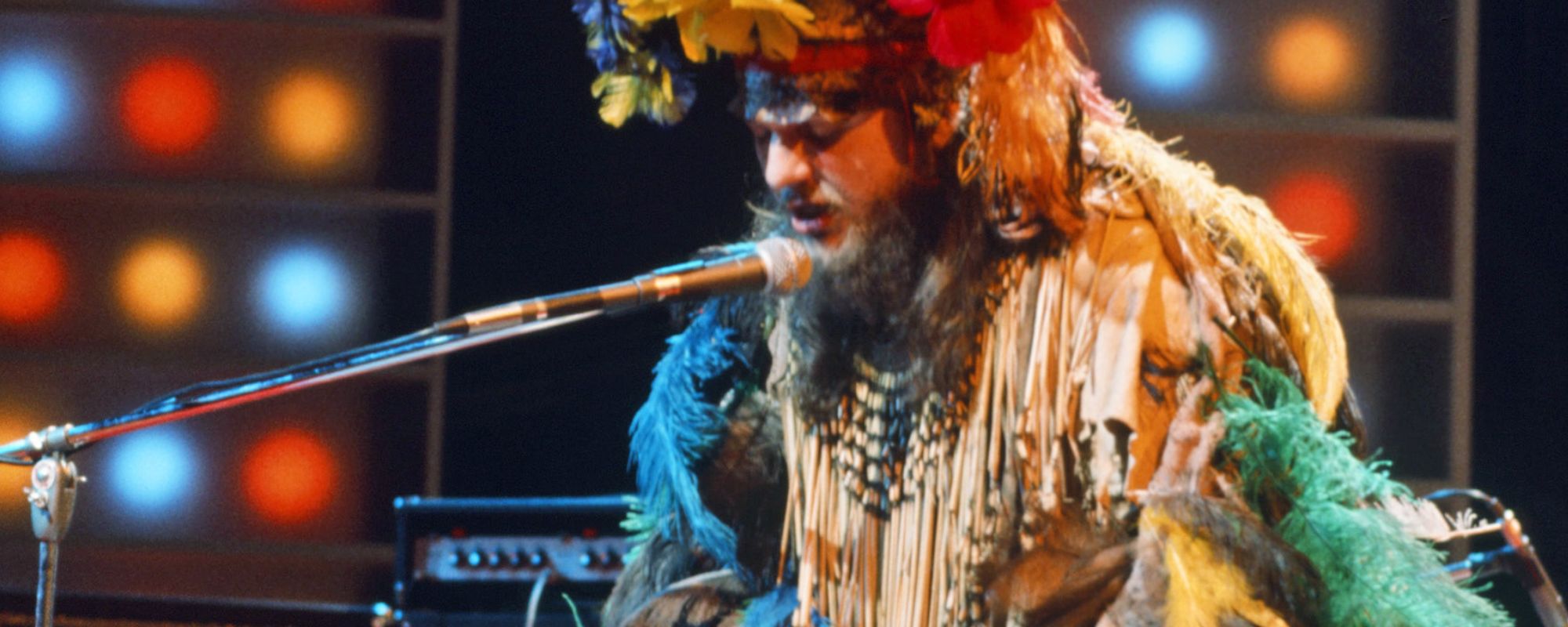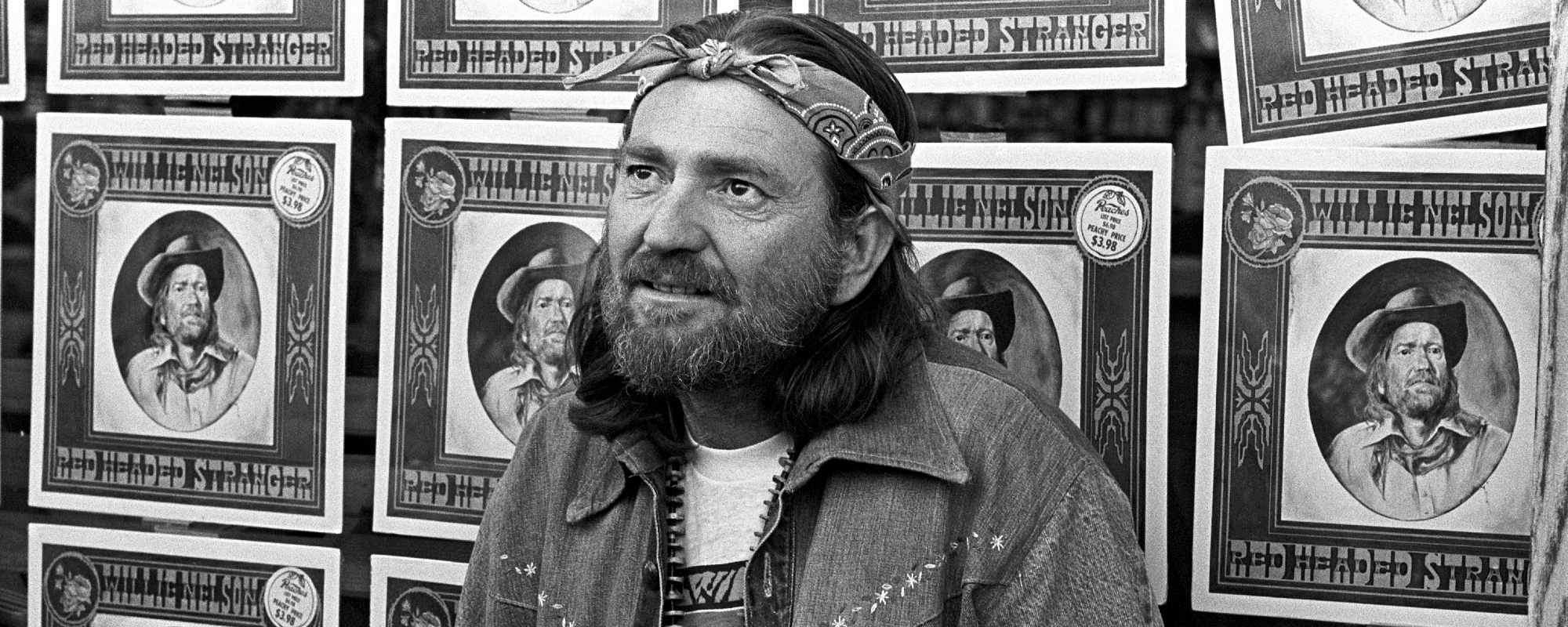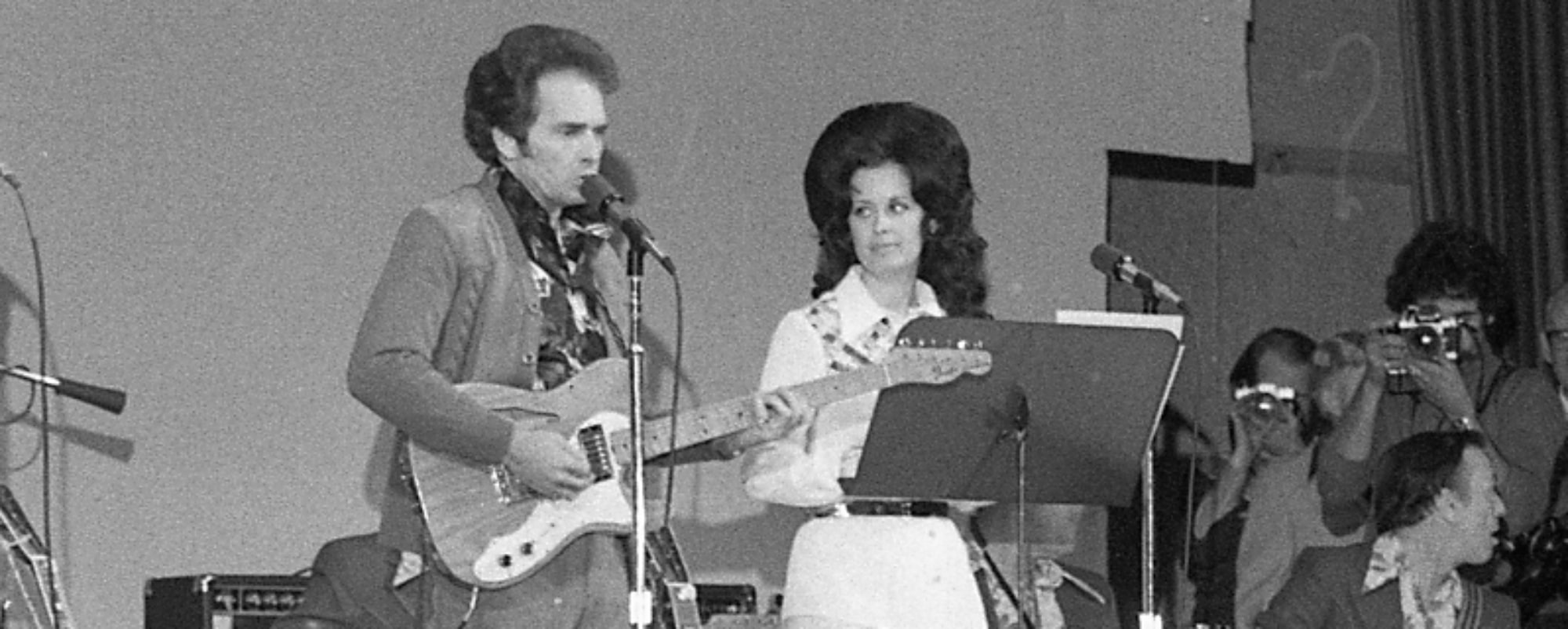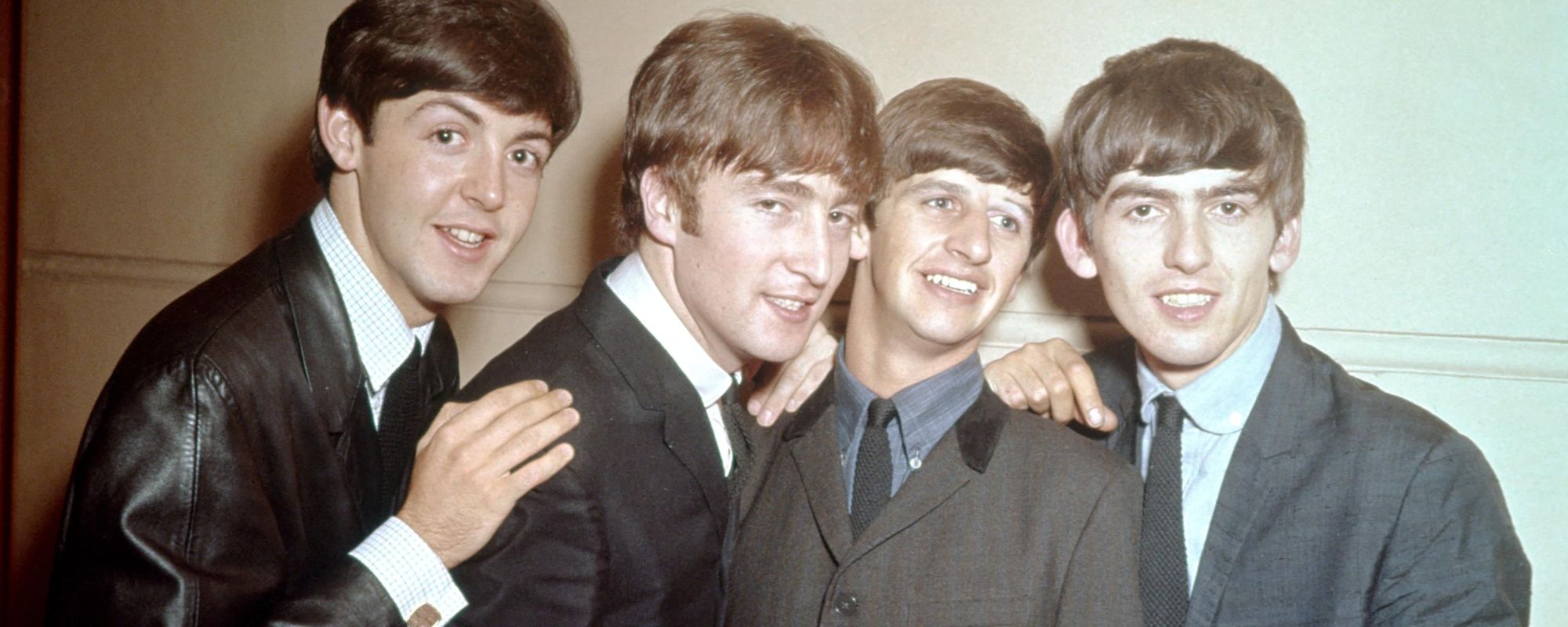Lush orchestration and beautifully stacked vocals made Pet Sounds by The Beach Boys a high water mark when it comes to pop-rock. The fact they started out as a bunch of teenagers singing about surfing with the help of Chuck Berry licks makes it all the more improbable. Inspired by Phil Spector’s wall of sound, Brian Wilson was searching for the sounds he heard in his head as he began crafting the recordings and using the studio as an instrument. The songs can take the listener to another place, creating an atmosphere of longing and wonder.
Videos by American Songwriter
The 1966 album failed to sell as well as the band’s earlier albums, and some critics were quick to point out The Beach Boys had lost their way as they were exploring this new musical territory. “Fun, Fun, Fun” and “Surfin’ U.S.A.” were being supplanted by songs like “Wouldn’t It Be Nice” and “Don’t Talk (Put Your Head on My Shoulder).” Over time, the album gained more respect and came to be considered an influential classic.
In 1997, Capitol Records released a four-CD box set to celebrate the recording process called The Pet Sounds Sessions. It gathered the original mono mix, a remastered stereo version, instrumental tracks, vocals-only tracks, alternate mixes, highlights from the recording sessions, and several songs not included on the album. Hearing the songs without the vocals shows just how complex and beautiful the orchestration was. Listening to the vocal-only tracks shed light on how complicated and involved the harmony parts were. The fact they all fit together and complement each other is mind-blowing. Brian Wilson was tapping into something during these sessions.
A great example of this is the second song on Pet Sounds. Wilson composed the music and arranged the vocal parts, while a new collaborator provided the lyrics. Let’s take a look at the story behind “You Still Believe in Me” by The Beach Boys.
The Intro
The haunting section at the beginning was recorded after the main body of the song. Brian Wilson pressed the piano keys while lyricist Tony Asher plucked the strings with a paper clip. In 1996, Asher described it in an interview for The Pet Sounds Sessions box set: “We were trying to do something that would sound sort of, I guess, like a harpsichord but a little more ethereal than that, and I think it was successful, an interesting little part of the song. He was doin’ the hard part. [Wilson] was holding down the right notes. On a piano, if you pluck a string that has the hammers down on it, nobody can really tell, but if you hit the open strings, it sounds good if they’re the right open strings. And he made sure they were the right open strings.”
I know perfectly well
I’m not where I should be
I’ve been very aware
You’ve been patient with me
“In My Childhood”
Wilson composed the music and even began writing lyrics to the tune called “In My Childhood” when he reached out to copywriter Tony Asher, who had been working on commercial jingles. Wilson scrapped the lyrics and gave Asher a cassette tape of the music bed. Asher came back with the words and a new title. The reflective nature of the lyrics fit well with the direction Wilson’s music was turning. He spoke about it for the liner notes of the box set:
“‘You Still Believe in Me’ was more of what I would call a man who would not be afraid to take all of his clothes off and sing like a girl because he had feelings for people from that perspective. I was able to close my eyes and go into a world and sing a little more effeminately and more sweet—which allows a lot more love to come down through me, you know what I mean? … It’s like Kenny Rogers. There’s an example of a guy who has a fairly masculine-sounding voice. ‘You Still Believe in Me’ was quite the opposite.”
Every time we break up
You bring back your love to me
And after all I’ve done to you
How can it be
You still believe in me
Instrumentation
The California session musicians, who would come to be referred to as The Wrecking Crew, contributed to the music bed. Wilson wanted the sound of a bicycle bell and horn as a bit of nostalgia. Julius Wechter and Hal Blaine played those. Al de Lory played harpsichord, Steve Douglas played piano, Bill Green played contra clarinet, Jim Horn and Plas Johnson played clarinet, and Lyle Ritz played the upright bass. Carol Kaye, who played electric bass, reacted to the recording: “This moves me so much. Billy Strange, on electric 12-string guitar played lead; Jerry Cole, second electric guitar harmony; Barney Kessel, third electric guitar part harmony. There’s a bass clarinet on this, too (played by Jay Migliori).”
I try hard to be more
What you want me to be
But I can’t help how I act
When you’re not here with me
Across the Pond
Many musicians have cited Pet Sounds as an influence. The Beatles responded almost immediately to the haunting melodies and introspective lyrics. When Beach Boy Bruce Johnston and publicist Derek Taylor vacationed in England, they took the opportunity to spread the word about the just-released album. John Lennon, Paul McCartney, and Keith Moon of The Who met them at the airport and listened to the album repeatedly during their visit. It inspired McCartney, who shared his experience in The Pet Sounds Sessions notes: “I played it to John so much that it would be difficult for him to escape the influence. If records had a director within a band, I sort of directed [Sgt. Pepper’s Lonely Hearts Club Band] and my influence was basically the Pet Sounds album. John was influenced by it, perhaps not as much as me. It was certainly a record we all played—it was the record of the time, you know? I’ve often played Pet Sounds and cried. It’s that kind of an album for me.”
I try hard to be strong
But sometimes I fail myself
And after all I’ve promised you
So faithfully
You still believe in me
I wanna cry
That Melody
The intersection of pop music and classical composition is represented perfectly in “You Still Believe in Me.” Wilson utilized a wide range of instruments as he chased the sounds he imagined. His grand experiment paid off in ways we are still benefitting from today. Said McCartney: “I love that melody. That kills me, that melody. That’s my favorite, I think. The way that’s arranged, where it goes away very quietly. I was in the car the other night, and I was telling the kids, saying, ‘Wait, wait, here it comes.’ And then it comes back, and it’s so beautiful right at the end, comes surging back in these multicolored harmonies. Sends shivers up my spine. That’s one of my favorite tracks.”
When you purchase through links on our site, we may earn an affiliate commission.
Photo by Michael Ochs Archives/Getty Images












Leave a Reply
Only members can comment. Become a member. Already a member? Log in.